The wine industry is getting pressed as young people drink less
The once-dominating drink is not aging well
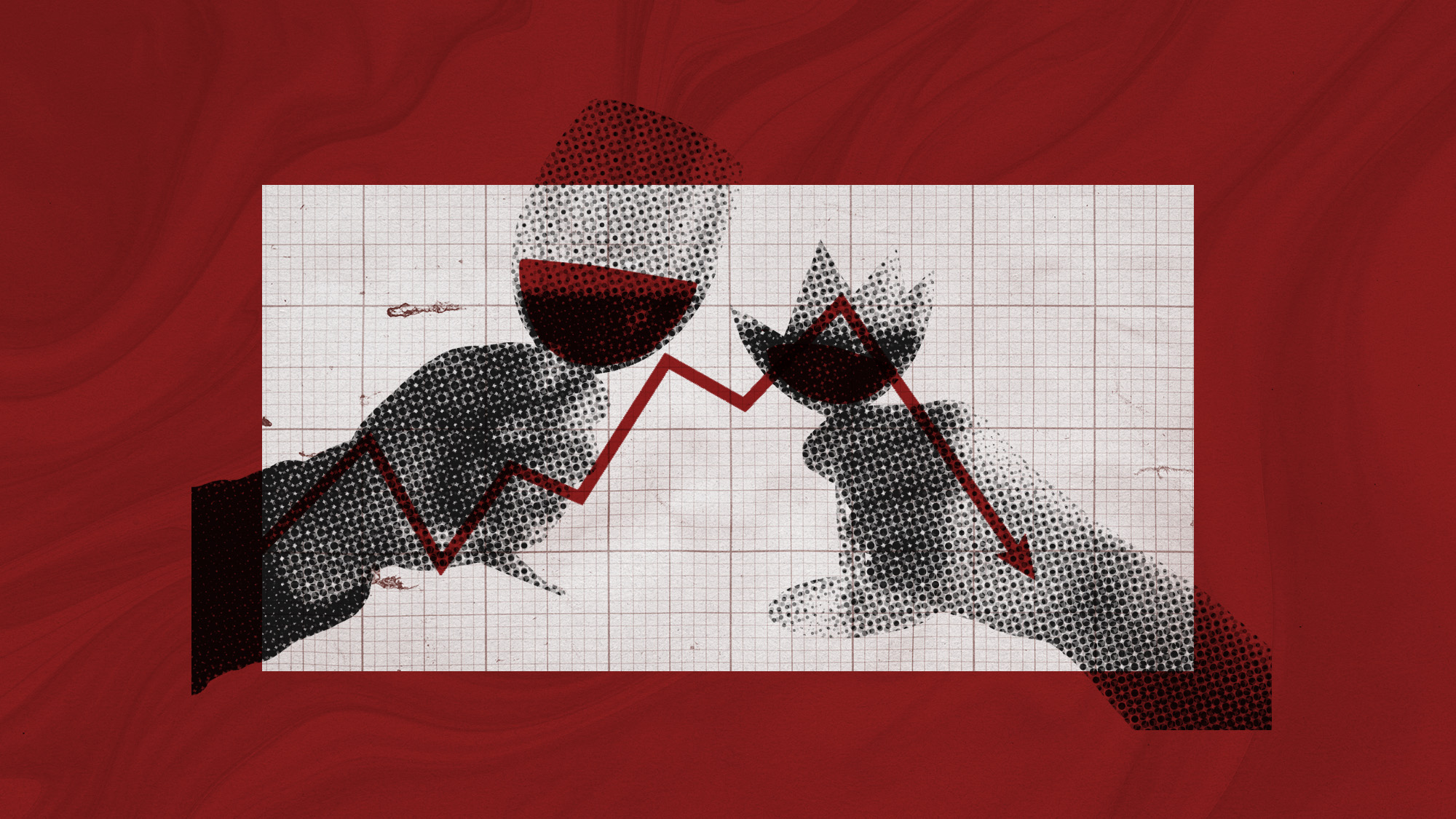

Wine has been a longtime staple of both history and culture. The oldest evidence of winemaking dates back to the Stone Age, and wine has since been immortalized in Greek mythology by the wine god Bacchus, swilled by Paul Giamatti in the Academy Award-winning movie "Sideways" and celebrated by housewives with "it's wine o'clock somewhere" home decor. But younger people are drinking less than previous generations — and those who do drink are frequently opting for beer, spirits or even marijuana. As a result, the wine industry is struggling.
Why new generations avoid the grape stuff
Young people are often making healthier lifestyle choices and have therefore grown wary of alcohol's detrimental effects. According to 2023 Nielsen data, "45% of Gen Z consumers (21 and up) say they've never consumed alcohol," said The San Francisco Chronicle. A Gallup poll additionally revealed that "as of 2023, 52% of people between the ages of 21 and 34 believed moderate drinking is bad for your health." They are not incorrect: In a damning report last year, the World Health Organization announced that no level of alcohol consumption is safe.
Although wine is "the overwhelming choice among those 65 and older," said wine critic Eric Asimov for The New York Times, it is not the choice of younger people. Instead, Gen Xers and millennials have gravitated to craft beer and cocktails with high-end spirits. "While past generations started drinking affordable reds and whites in their early 20s," said Forbes, today's youth have more choices. "They can sip on thoughtfully made hard seltzers, craft canned drinks or make more interesting cocktails."
The Week
Escape your echo chamber. Get the facts behind the news, plus analysis from multiple perspectives.

Sign up for The Week's Free Newsletters
From our morning news briefing to a weekly Good News Newsletter, get the best of The Week delivered directly to your inbox.
From our morning news briefing to a weekly Good News Newsletter, get the best of The Week delivered directly to your inbox.
One unsurprising reason younger people are avoiding wine is the cost. Good wine is generally more expensive than beer or spirits, and millennials notably have less disposable income, less job security and more student loan debt than their parents did.
The wine industry's arguable inaccessibility is another hurdle, as it has "pigeonholed itself into being something for the elite," Brandon Hofherr, the marketing director for St. James Winery, said to Forbes. Young consumers have more of a vested interest in social justice and environmental issues, too. But the wine industry has been "slow to adapt" to these changes and has a long way to go to make it a "more welcoming, inclusive place," said Asimov.
The industry feels the squeeze
As younger consumers lose interest and baby boomers age out of drinking, the wine industry is suffering from oversupply. "There are too many grapes planted in states like California and Washington for wines sold under $12, a price point that has experienced a drop in demand," said Fast Company. Visits to winery tasting rooms have simultaneously "dropped for two straight years."
California wine grape growers now find themselves "having to compete with bargain-basement wine prices from overseas growers eager to rid themselves of aging supplies," said the Los Angeles Times. Imported foreign wine has been a bugbear for the state, in addition to the trials of wildfires, drought and rising labor costs. Now, growers in Lodi — the most diverse wine growing region in the U.S. — are "being urged by industry representatives to remove tens of thousands of acres of vineyards to balance supply with demand."
A free daily email with the biggest news stories of the day – and the best features from TheWeek.com
This is not merely an American problem. France has spent more than $200 million to destroy their excess wine as demand falls, and Australian vineyards have had to stockpile two years' worth of production due to a lack of buyers.
For individual oenophiles, this is technically good news: At the moment, there is a wide variety of choices at low prices. But these recent developments are troubling for the industry at-large, as the need to destroy acreage and wine itself becomes more common and a lack of demand means that "higher prices cannot be charged, despite the higher costs inherent to the industry," said food and wine critic John Mariani at Forbes. Still, Mariani expects that good wine will not go anywhere anytime soon. "The industry's woes are wine lovers' big win," he said.
Anya Jaremko-Greenwold has worked as a story editor at The Week since 2024. She previously worked at FLOOD Magazine, Woman's World, First for Women, DGO Magazine and BOMB Magazine. Anya's culture writing has appeared in The Atlantic, Jezebel, Vice and the Los Angeles Review of Books, among others.
-
 Homes with great fireplaces
Homes with great fireplacesFeature Featuring a suspended fireplace in Washington and two-sided Parisian fireplace in Florida
-
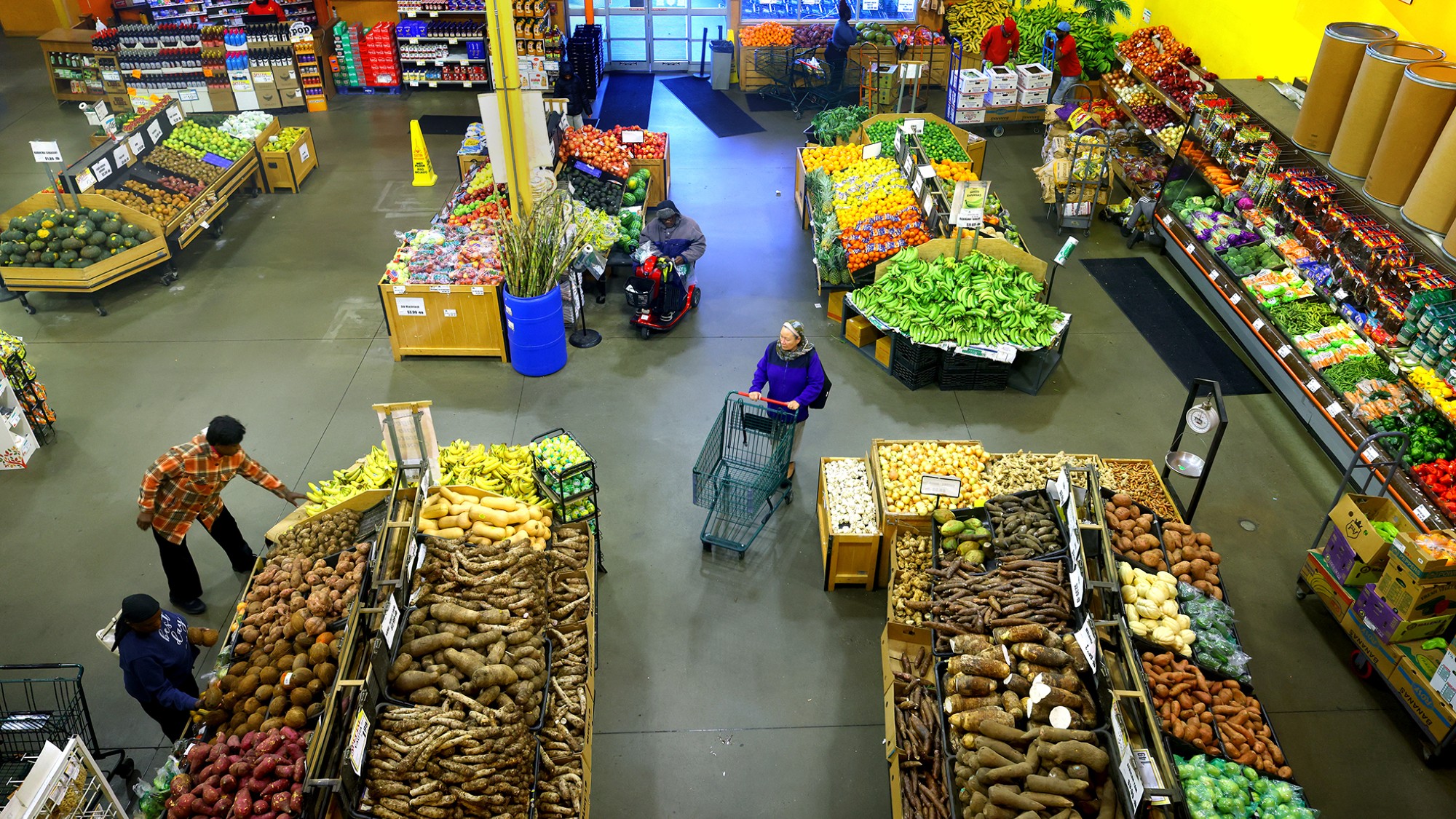 Is $140,000 the real poverty line?
Is $140,000 the real poverty line?Feature Financial hardship is wearing Americans down, and the break-even point for many families keeps rising
-
 Film reviews: ‘The Secret Agent’ and ‘Zootopia 2’
Film reviews: ‘The Secret Agent’ and ‘Zootopia 2’Feature A Brazilian man living in a brutal era seeks answers and survival and Judy and Nick fight again for animal justice
-
 Texas is trying to become America’s next financial hub
Texas is trying to become America’s next financial hubIn the Spotlight The Lone Star State could soon have three major stock exchanges
-
 US mints final penny after 232-year run
US mints final penny after 232-year runSpeed Read Production of the one-cent coin has ended
-
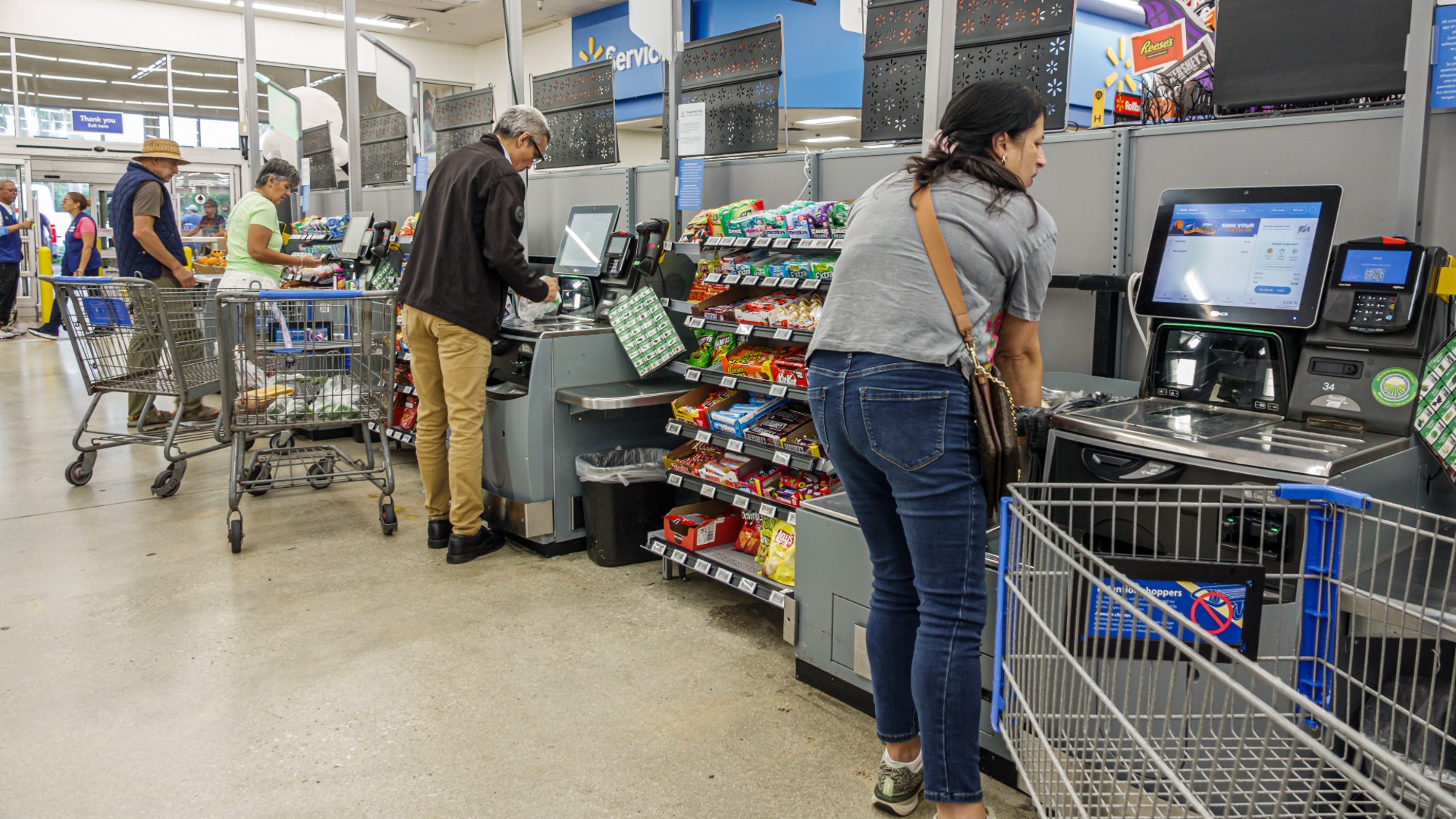 How could worsening consumer sentiment affect the economy?
How could worsening consumer sentiment affect the economy?Today’s Big Question Sentiment dropped this month to a near-record low
-
 Musk wins $1 trillion Tesla pay package
Musk wins $1 trillion Tesla pay packageSpeed Read The package would expand his stake in the company to 25%
-
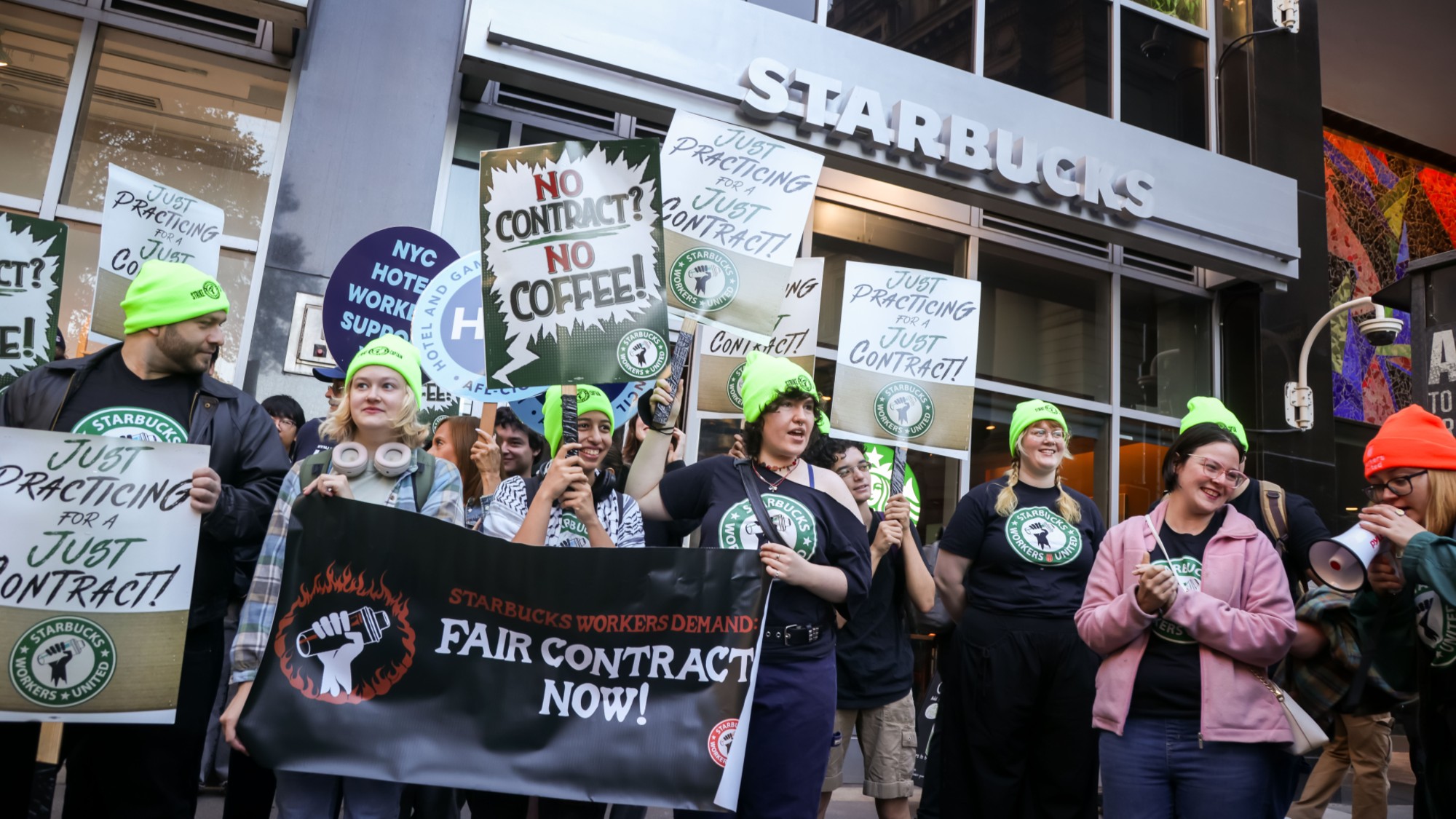 Starbucks workers are planning their ‘biggest strike’ ever
Starbucks workers are planning their ‘biggest strike’ everThe Explainer The union said 92% of its members voted to strike
-
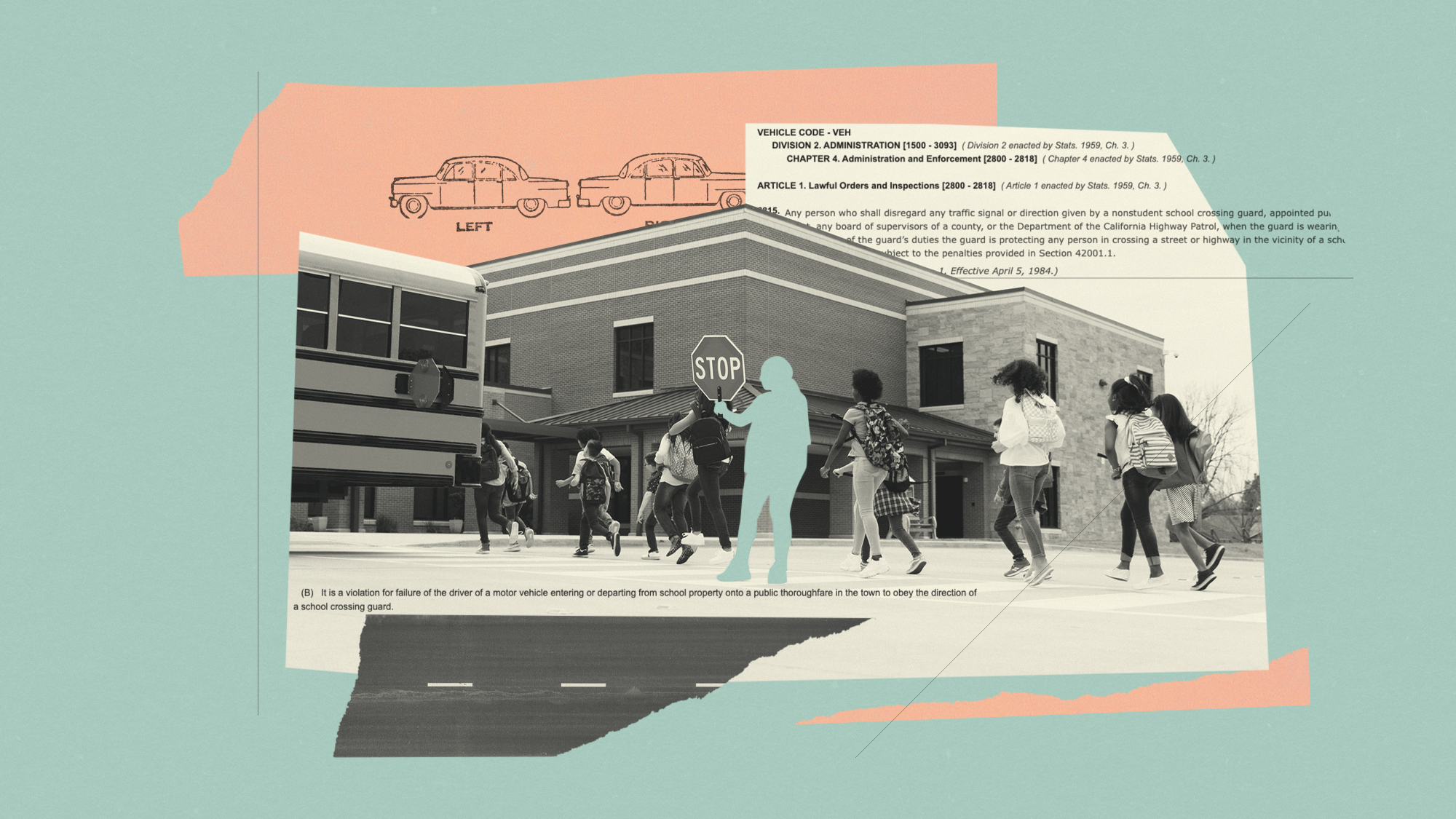 Being a school crossing guard has become a deadly job
Being a school crossing guard has become a deadly jobUnder the Radar At least 230 crossing guards have been hit by cars over the last decade
-
 Warner Bros. explores sale amid Paramount bids
Warner Bros. explores sale amid Paramount bidsSpeed Read The media giant, home to HBO and DC Studios, has received interest from multiple buying parties
-
 Rising costs are making it harder for people to afford pets
Rising costs are making it harder for people to afford petsUnder the Radar Shelters are filling up as a result
